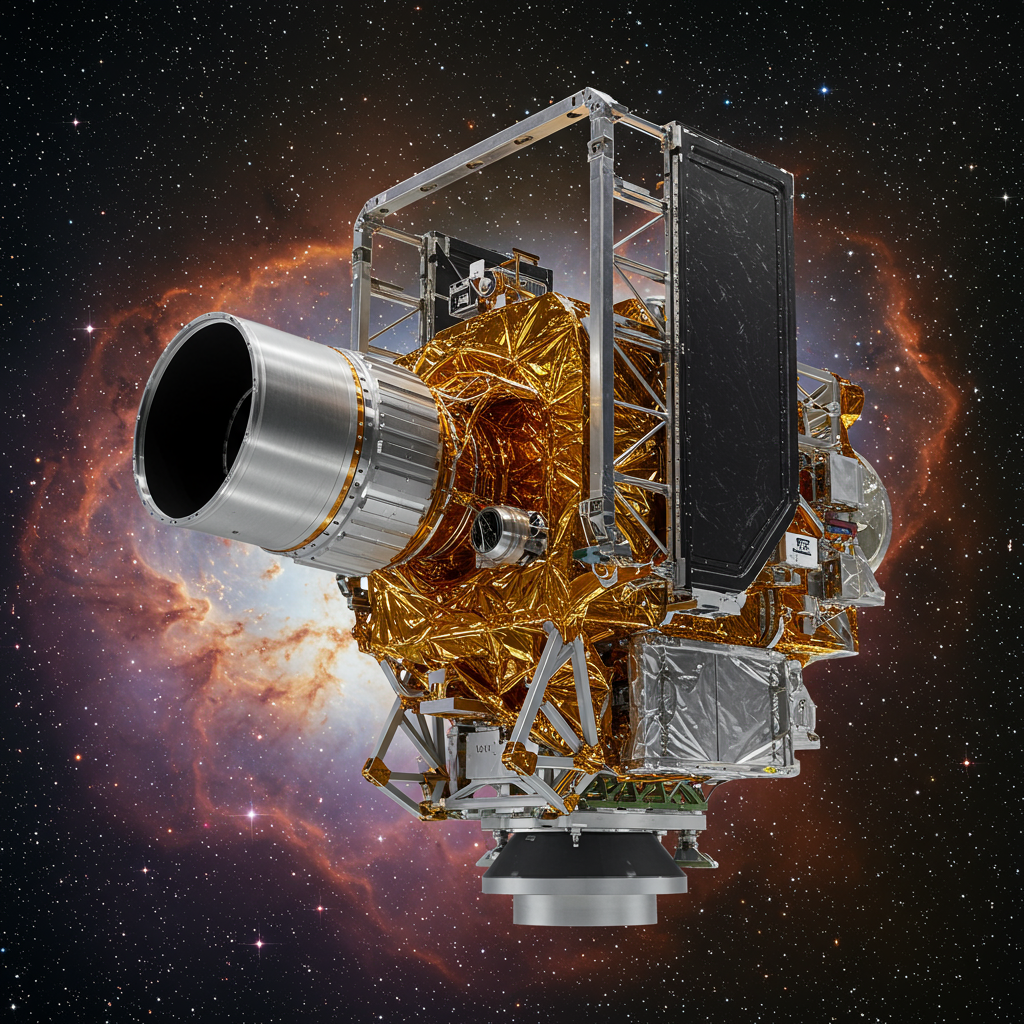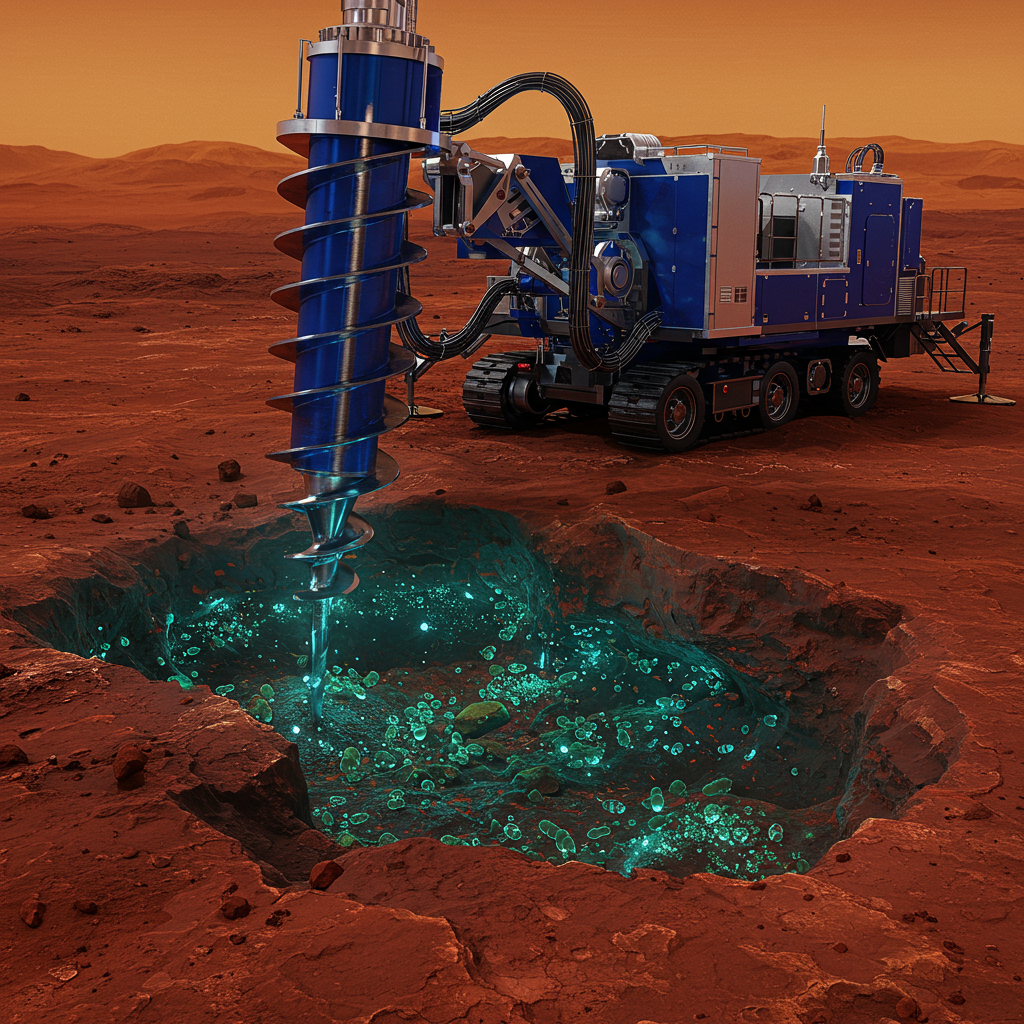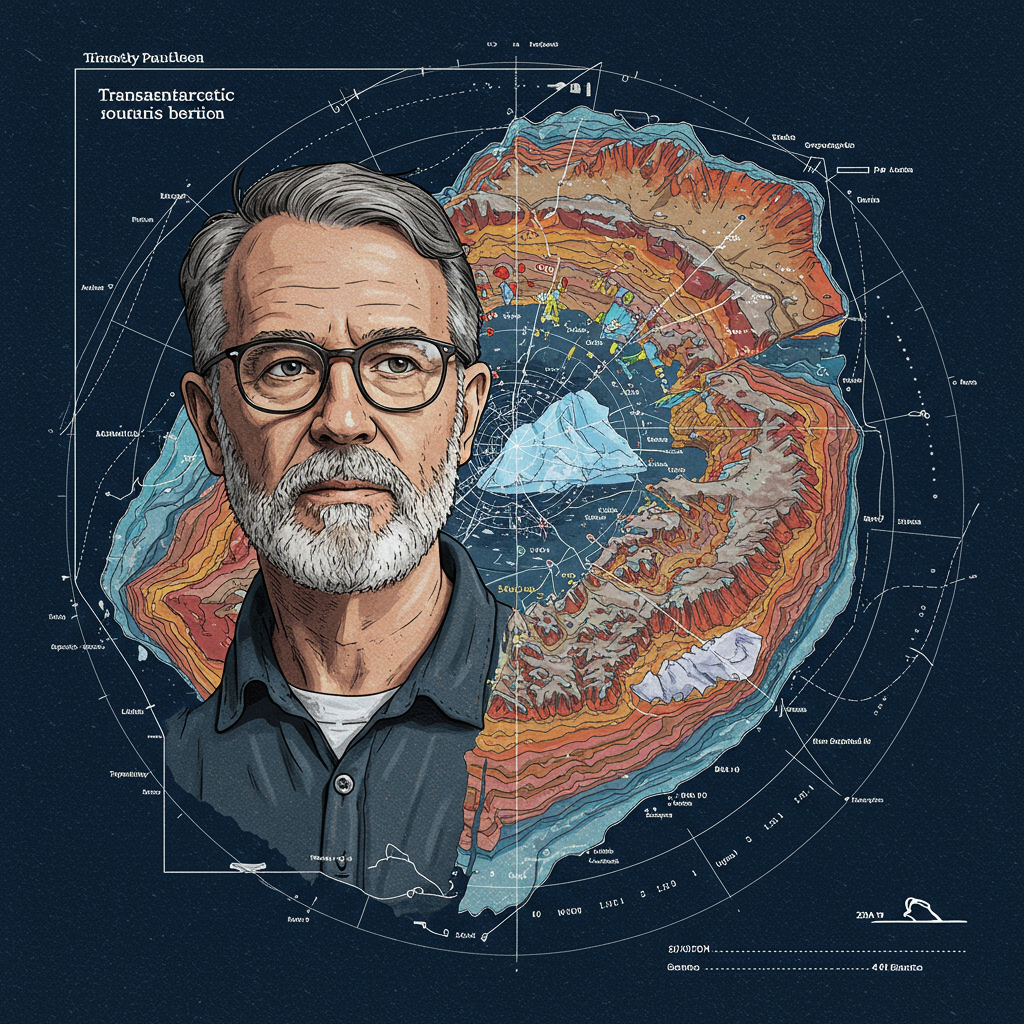TECHNOLOGY
Unveiling the Cosmos: First Images from the World’s Largest Digital Camera, Built in the Bay Area
A groundbreaking moment in astronomy has arrived with the release of the first awe-inspiring images from the world’s largest digital camera. This colossal instrument, known as LSSTCam, was meticulously built and developed at the SLAC National Accelerator Laboratory in Menlo Park, right here in the Bay Area. It now sits atop the Vera C. Rubin Observatory, high on Cerro Pachón in Chile, poised to embark on a decade-long mission to capture an unprecedented view of the universe.
These initial glimpses offer a “never-before-seen look into deep space,” showcasing the immense power and potential of this remarkable observatory.
The Rubin Observatory: A New Eye on the Universe
The Rubin Observatory isn’t just a telescope; it’s a complex system designed for a monumental task: the Legacy Survey of Space and Time (LSST). Imagine creating the “greatest astronomical movie ever made” or mapping “half the sky” in stunning detail – that’s the goal of LSST.
Located at an altitude of 8,900 feet, the observatory is home to the 3,200-megapixel LSSTCam. This camera is a marvel of engineering, weighing in at 6,600 pounds and featuring a lens five feet across. Its development took a decade and cost $168 million before being secretly shipped to its mountaintop home in Chile.
Unlike orbiting telescopes like Hubble or the James Webb Space Telescope, which excel at providing extremely deep or detailed views of narrow patches of sky, the Rubin Observatory specializes in breadth and speed. Its unique strength lies in its ability to survey a vast area of the sky rapidly while simultaneously gathering deep, detailed data.
Seeing “Deeply and Widely” Like Never Before
Scientists are particularly excited about the camera’s ability to be both “wide” and “deep” simultaneously. Risa Wechsler, Director of the Kavli Institute for Particle Astrophysics and Cosmology at Stanford & SLAC, describes this capability as a significant leap forward. This means the Rubin Observatory can capture millions of galaxies within a single snapshot while also penetrating far into space to reveal intricate details in nearby galaxies and capture light from countless distant ones.
As Phil Marshall, Deputy Director of Operations at Rubin Observatory and a senior staff scientist at SLAC, puts it, this instrument is a “discovery machine,” offering a “cosmic treasure chest” of data. He notes that it allows astronomers to see “deeply and widely, really in a way that hasn’t been done before.” Travis Lange, SLAC’s camera project manager, confidently states it will “revolutionize astronomy.”
The First Breathtaking Images
The inaugural images released confirm the immense potential. They show dense fields of distant galaxies, with nearly every speck of light representing an entire galaxy containing billions of stars. Specific images highlight areas like a section of the Virgo cluster, clearly displaying prominent spiral galaxies and even groups of three merging galaxies, alongside more distant systems.
The camera’s power is also evident in its ability to capture faint details. By combining multiple exposures taken over several hours, the team can reveal hidden structures like the gas and dust clouds that form the iconic Trifid and Lagoon nebulae, thousands of light-years away. These composites offer a breathtaking look into stellar nurseries.
A Decade of Discovery Ahead
The Rubin Observatory is embarking on a 10-year mission, scanning the entire southern night sky every three days. The camera captures a new 3,200-megapixel image every 40 seconds, providing an astonishing stream of near-real-time data.
The sheer volume of information will be staggering. The amount of data gathered in Rubin’s first year alone is expected to exceed the total data collected by all other optical observatories combined throughout history. This colossal dataset will be compiled into a digital database, allowing scientists worldwide to query the universe in ways previously unimaginable, enabling them to see how the universe evolves over time.
Unlocking Cosmic Mysteries
The scientific potential is immense. Scientists anticipate cataloging approximately 20 billion galaxies, providing unprecedented insights into how galaxies form and evolve, including our own Milky Way. The rapid survey capability means scientists can spot transient phenomena like exploding stars (supernovae) and variable stars almost immediately.
Early results are already proving fruitful; over 2,000 new asteroids were found in just the first week of observations. The data will also be crucial for studying black holes, understanding the movement of asteroids within our solar system, and making significant strides in understanding dark matter and dark energy – the mysterious components that dominate the universe and influence its expansion. As Risa Wechsler noted, the system is also designed to help astronomers investigate “everything that’s weird” that hasn’t been predicted.
For the scientists who have worked on this project for years, seeing these first images is deeply moving. Phil Marshall described it as a “dream come true,” while Risa Wechsler called it “mind-blowing,” fueling excitement for the future of astrophysics. Witnessing images filled with billions of galaxies, each containing billions of stars, offers a truly humbling perspective, reminding us of our place in the vast cosmos.
The Vera C. Rubin Observatory is jointly funded by the U.S. National Science Foundation and the U.S. Department of Energy’s Office of Science. SLAC, which operates under Stanford University for the DOE, played a crucial role in building the camera, leveraging its expertise in large-scale scientific instruments.
With these first images, the Rubin Observatory has opened a new window onto the universe, promising a decade of groundbreaking discoveries that will push the boundaries of our understanding of the cosmos.




